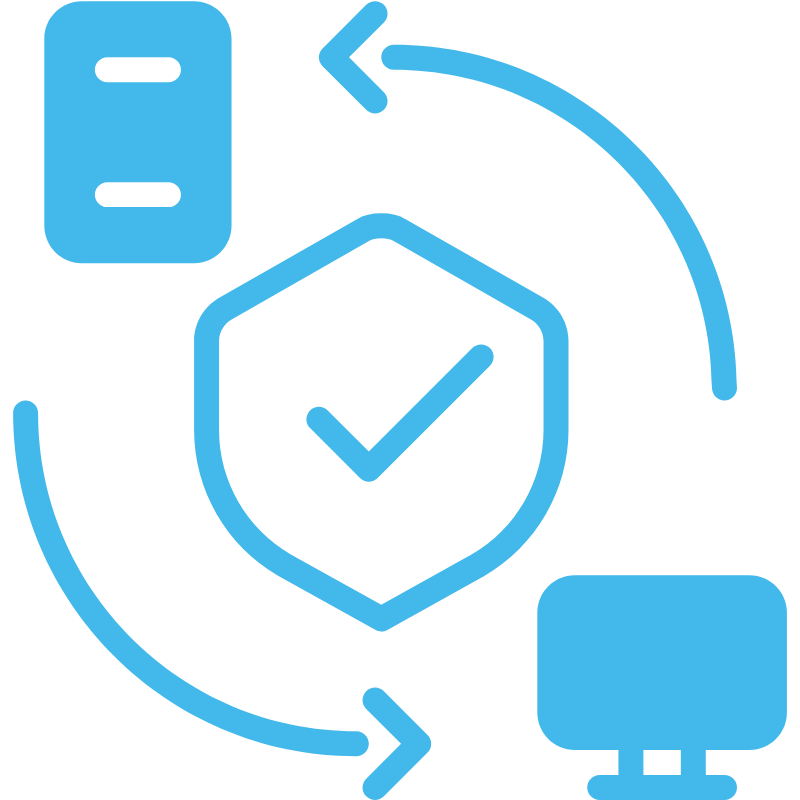Building Technology for Property Managers
Balancing Tenant & Capital Needs for Building Owners

As a property manager (PM), your main responsibility is to ensure that the buildings meet the needs of the tenants while effectively managing the budget, including capital requirements and maintenance and repair needs. In many cases, decisions and recommendations you make will need to be approved by a higher authority, so it’s crucial to clearly define the support you need to get approval for your actions.
Balancing the often conflicting interests of different parties can be challenging, so it’s important to seek outside perspectives and support.
When it comes to building technology, each individual property you manage likely has different systems, vendors, and technology sophistication. Despite this, there is a requirement for consistent reporting and compliance standardization. Vendor continuity becomes increasingly important the larger the portfolio, as it’s difficult to change and on-board new platforms due to the cost, time, and resources in place. You need the gold standard in your operational technology to apply across the board and make management easier.
Key Considerations
The institutional quality of your technology that supports ESG and optimizes your utility consumption efficiency will continue to change with the industry. As will your security needs and tenant expectations. Are your systems set up to ensure your building community health and well-being will be taken care of in the long-term?
Everyone today in the property technology space has a new and novel shiny toy, sometimes for a problem that you didn’t know existed. It’s important to have a north star guiding strategy that is based on performance outcomes that match the needs of each asset’s unique strategy. Knowing where a pilot fits or how technology forms the foundation of running a better building allows you as a manager to be selective and accretive in adopting technology for your occupiers. Additionally, in managing portfolios of properties, developing core elements that can be consistently applied and built on is material when managing multi-building portfolios.
The needs and preferences of tenants will always be a moving target. Every day new and emerging technologies raise the bar on what the optimal experience is. Does this mean you need to keep scrambling and adding new technologies to keep up? No. But it does highlight the importance of your asset’s technical “maturity” relative to your competition. How are you staying ahead of the curve?
If you act like you know what you’re doing, you will be treated as if you did. Building technology and the strategies that embrace it are new and evolving. Developing meaningful acumen, vision, and understanding is a key differentiator of professional property management. Deploying the right resources, focusing on specific priorities, and developing internal institutional knowledge sometimes means engaging the right people and expertise.
As a building owner, your priorities are performance-based, measurable outcomes that will ensure the profitability and long-term success of your assets. However, what you measure and identify as your key drivers naturally differs from those managing your portfolio on the ground floor. How can you ensure they are focused on those items that derive fundamental value and still support the attraction and retention of tenants?
Elevating performance can be challenging as the value of technology-enabled building systems and processes evolve. Often, a gap in communication or understanding can be addressed with clear, concise, and owner-tailored services that speak the language of the occupant, owner, or asset manager. Communicating what is happening is more than talking about what you are doing and more about the impact on NOI, capital amortization, tenant retention, and cash flow. Owners may not care as much about the technology but what the technology enables.
Maintaining focus on asset performance, risk adjusted returns, valuation and strategy is challenging for 1 building. Multiply that by many and its easy for it to feel out of control. You need to know: How does this asset perform within the context of my overall portfolio and is it accretive to my needs or is it dilutive and needs to change?
Standardizing reporting in the property space, particularly around technology, may require new language and measurements. Uptime, data breaches, prevented cyber-attacks, and the percentage of systems that are in critical failure mode or outside of life cycle support are new metrics that tell a story to owners and asset managers and bring technology issues to the forefront.
How we can help
Our approach starts with a full assessment of all tech within your buildings—oftentimes, you don’t know or underestimate how outdated our systems are. We’ll get a full analysis and provide you with our recommendations to save money while also evaluating the feasibility of potential technology systems you are considering. We then partner with you throughout the implementation process, sitting on your side of the table to ensure your technology works with and for you. Lastly, we implement IntelliNet, our managed service that provides oversight and easy management of your operational technology, so you have a finger on the pulse of all systems in your building.

OT Assessments
A complete understanding of all technology within your buildings to make better, informed decisions.

Strategy & Consulting
Progressive, proactive, and task-oriented support with a focus on results and exceeding your goals.

Managed Oversight & Protection
Simplicity, visibility, and expertise to scale out an integrated support program for your portfolio.
Ready to gain power over your portfolio?
Let us help you take the guesswork out of your building technology. Schedule a free 30-minute advisory call.
We’ll discuss your concerns and provide you with an opportunity analysis and building economics report. From there, we’ll design a roadmap to success and help you find dollars in your budget to ensure we can partner together without stretching your resources too thin.